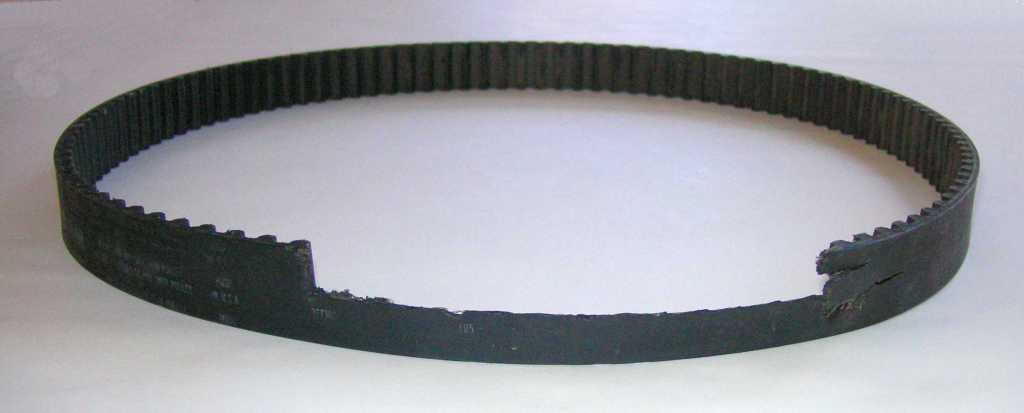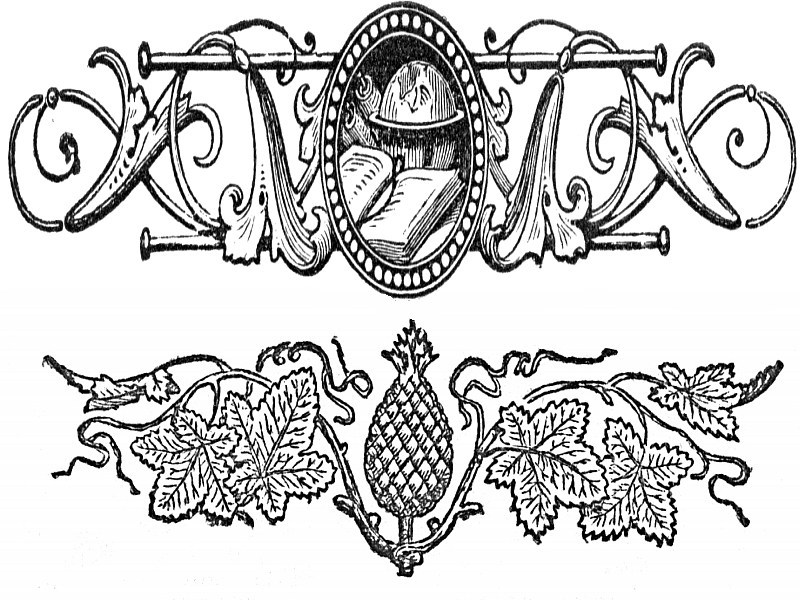| Print, video, sounds |
|
 Why Ford Escort cam belts break
|
 | |||||
  |
| When the Escort engine was mounted in a real car with rubber motor mounts, the motion and vibration of the engine in the car exacerbated the standing waves in the cam belt, and the belts started to break. The early Escort was also an interference engine, meaning that when the cam belt broke the valves would strike the pistons and grenade the whole engine (figure 2). In 1979 Ford was still held hostage by the McNamara finance idiot whiz kids. So the same forces that made the engineers ignore the recommendations of Gates Rubber also made them try to weasel out of the problem by telling the EPA that they did not consider this to be a "pollution-related item" which the EPA required to work for 50,000 miles. Ford was willing to eat the pre-12,000 mile failures, but they knew that so many belts would break within 50,000 miles that it would bankrupt the project. The EPA disagreed, and informed Ford that the cam belt was most certainly pollution-related and that Ford would have to fix all the exploded engines under warranty, up to 50,000 miles. The Escort group immediately authorized unlimited overtime. It did surprise me that they were stumped for so long. An interacting resonance with the rubber engine mounts seemed obvious to my EE pals, since so much of electrical engineering is reactive and resonant circuits. An interesting cultural observation was how differently the American and European Ford Escort groups dealt with the cam belt breakage. As soon as the problem became evident, the European group supposedly asked how much money to make the belt 10mm wider. The American design group was in shock, saying it would change the timing cover and all kinds of ancillary mounts. I think the cost was $600,000 or so. The Europeans said "Do it. Now." |
 |
  |
| So I'm told Ford's first "world car" had a different engine in America than in
Europe. The Americans took the time and money to understand the problem
and institute a cheaper fix involving a new tensioner and tensioning
procedure. I suspect the European solution did last longer in the field.
I note that by 1985, the Escort engine was no longer an "interference" design. The CVH (compound valve angle hemispherical combustion chamber) Escort engine had a SOHC (single overhead cam). Sometimes with a DOHC (double overhead cam) engine, the valves will clash when the cam belt breaks at high RPM. Even if the valves cannot hit the pistons, the intake and exhaust valves hit each other.  Figure 3 My friend Lori is a musician and has the ear to hear this cam belt going bad in her old Honda Accord. She also had the sense to turn off the engine and get it towed home. The Escort experience made me avoid any car with rubber cam belts, and that is a shame (figure 3). Since 1980 rubber belts have gotten even better. Witness the fact that a Harley Sportster uses a drive belt to the rear wheel. According to that 1980 Gates booklet, that is a horrid application since it is a variable road load being driven by a 2-cylinder engine with large torque pulsations. Worse yet, the center-to-center distance of the pulleys change as the rear swing arm goes up and down over bumps. To make things really bad, there is a large unsupported distance between the pulleys. |
 |
  |
| They
molded in distance
marks to the belt
guard and gave detailed procedure to adjust the belt (figure
4).
I hear stores from my pals that the rear belts will last 120,000 miles. Still, my experience at Ford means I replace the rear belt when I replace the rear tire. I make sure the belt is running in the center of the sheaves and I leave it on the looser side when I adjust it. You must understand what a horrible load a camshaft represents. That antique Gates booklet explained this, and gave de-rating factors for intermittent loads like a ball-crusher. A camshaft is even worse than an intermittent load. When the cam follower starts falling down the backside of the cam, it drives the camshaft forward. The torque pulsations are both positive and negative. A V-8 pushrod engine has a single cam driving 16 lobes. A 4-valve DOHC engine has each cam driving 4 lobes (8 valves but the lobes are in identical pairs). This is a very "lumpy" load and it will excite those standing waves in the belt. One of the Gates design guidelines was to make the static tension greater than the dynamic tension. This is hard to do with such a lumpy load. One clever work-around is to drive the water pump with the camshaft (figure 5). This adds a nice smooth damped load to the lumpy cam load. I first heard of this on Kawasaki motorcycles, and found a KTM motorcycle engine that also uses this trick. Of course, if this puts the water pump above the radiator level, well then you have some new system engineering problems. Its another reason why designing systems is harder then designing components. There are so many trade-offs and interactions to deal with. A friend told me about a Cosworth race engine (pdf) that put torsional compliance in the cam |
 |
  |
| A resonance made instantaneous load 12 times the theoretical. I don't
think this is a good solution. It puts 1.5 degrees of compliance in the cam timing. This is way too
sloppy for a modern engine, especially a pollution-controlled engine Nevertheless, this highlights another problem in cam drives. There are instantaneous loads created by dynamic resonance that far exceed the load presented by the valve springs. If you drive an engine with an electric motor, that will tell you the frictional and kinetic overall load averaged over time, but it still will not tell you the instantaneous loads on any given component. My pal Dave Mathis worked for the dynamometer company Go Power Systems in 1979. He recalls, "We had a contract with Hamilton Standard for Ford
engine test stands. It was a small 115 HP 4-cylinder engine. Hans Nielsen, our mechanical engineer, gave the requirements of how to hook
the flex plate to the dyno.
Note it was a 'flex-plate', no flywheel to smooth the load. He used a thin torsion bar, about 12 inches long. Being Hans, it was beautifully designed and all the fillets were eye-pleasing. Hamilton replaced the "flimsy looking" coupling with a 2-inch bar. The bars started failing. That 2" bar would overheat and shear. The drive needed torsional compliance." |
 |
  |
| This relates to a story I heard from a race car mechanic. The axle half-shafts were
snapping under load, usually causing the car to spin or or get in an
accident. They tried hardening the half-shafts even more, and they just
snapped sooner. Then they went to a much more ductile un-hardened
half-shaft. The problem there was the shafts would permanently twist under the torque loads, and then eventually break, because they had work-hardened. So the solution was to put a co-linear mark on each end of the ductile shaft. They learned that once the marks were twisted ½ inch out of of line, they should replace the shaft. After that they never had a shaft break. Whether you drive a load with gears or belts or chains or shafts, don't think it is a trivial task. Read those booklets from Gates and Browning and understand all the static and dynamic problems in transmitting power over a distance. If you do, you won't have any billion-dollar disasters staring you in the face, six months before production. . . 
|
 |
  |
This post is in these categories: |  |
  |